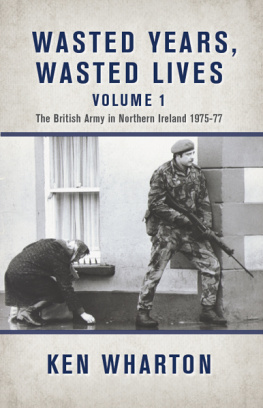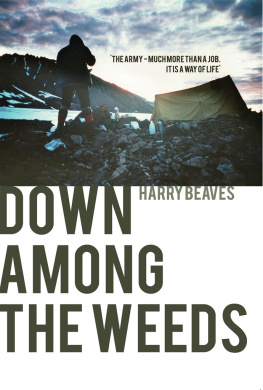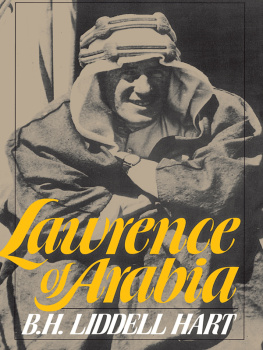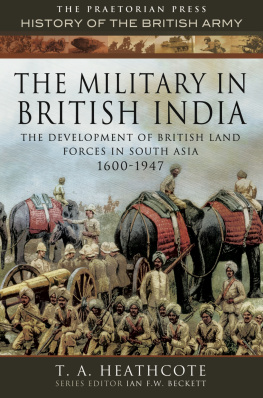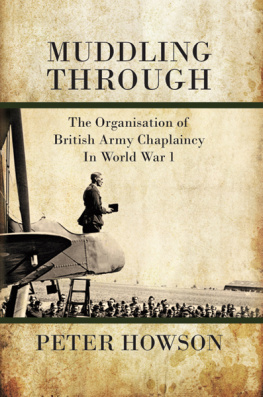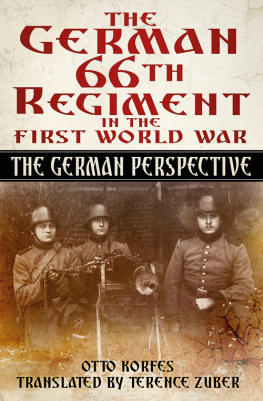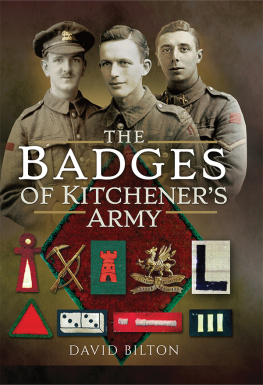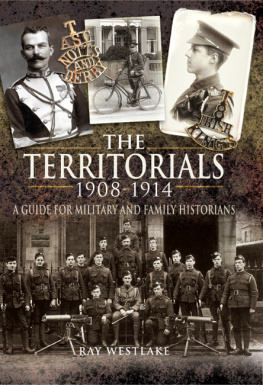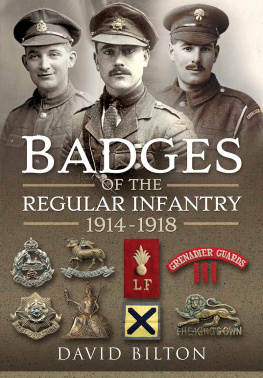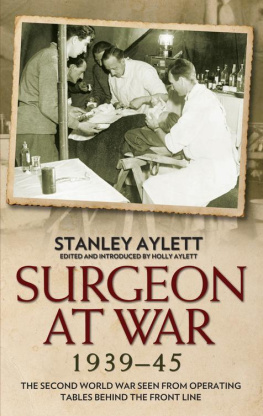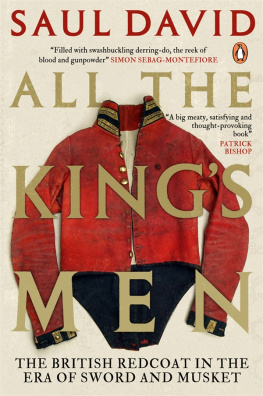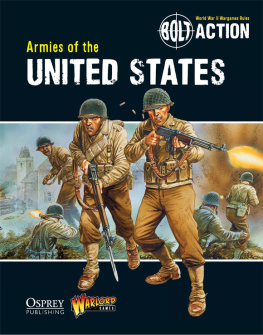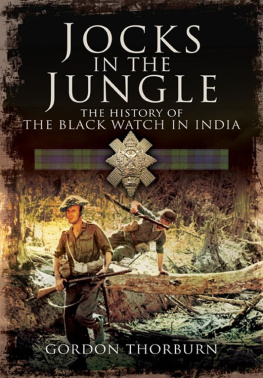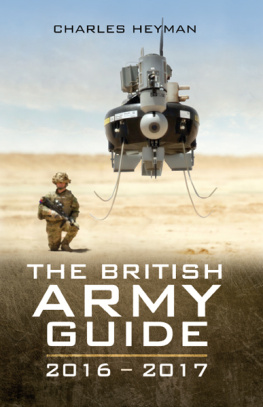First published in Great Britain by
Seeley Service & Company 1971
Reprinted 1973
Second Edition 1977
Third Edition 1983
Fourth Edition 1991
Reprinted with revisions in a Fifth Edition 1995
Updated Sixth Edition published in 1996, reprinted 1997
Revised Seventh Edition 2003
by
LEO COOPER
an imprint of
Pen & Sword Books Ltd,
47 Church Street,
Barnsley, South Yorkshire S70 2AS
John Gaylor, 1971, 1973, 1977, 1983, 1991, 1995, 1996, 1997, 2003
ISBN 0 85052 758 9
PRINT ISBN: 9780850527582
PDF ISBN: 9781783377596
EPUB ISBN: 9781783379798
PRC ISBN: 9781783379590
A CIP record for this book is available from the British Library
Printed by CPI UK
DEDICATION
TO THE MEMORY OF MY FATHER
JOHN GAYLOR
Contents
to this edition by Ray Westlake |
CHAPTER |
APPENDICES |
Plates
(Appearing after )
Introduction
The collecting of regimental badges is by no means a new hobby and for many years old soldiers have been seen in barracks wearing belts carrying metal titles, buttons and badges picked up from other units beside whom they served in the past. Generally speaking, once the belt was full the interest lapsed.
The hobby may be said to have begun just before the turn of the twentieth century when the complete range of distinctive cap badges came into being. Some firms made cheap copies and replicas of earlier patterns. These restrikes still appear from time to time and it is a matter of choice whether one decides to include them in a collection, even assuming that you can spot them.
When I first wrote this book in 1971, badges were not highly regarded by the antiques trade, but one might hazard the opinion that the market has now made an about turn and is convinced that the commonest infantry or Corps cap badge can now command a sum in double figures. However, happily, the plentiful militaria fairs which have sprung up in the past decade provide ample opportunities for the budding collector to buy the more common varieties at prices which I understand to be within the range of todays pocket money.
Once started, the collector can extend his interests to embrace all the insignia of the soldier, including metal shoulder titles, collar and cap badges, waist-belt clasps, cross-belt badges, helmet and shako plates, buttons and arm badges. The field is limitless but most collectors restrict themselves to one category such as helmet plates or to a certain regiment or group of regiments. My own collection consists of headdress badges only and most collectors seem to start with these.
Acknowledgements
Whilst it is normal to acknowledge ones indebtedness to all sources of help and advice these are so numerous that it will be fairer if I collectively thank all those members of the Military Historical Society who have helped me in many ways on questions of dates, identifications, etc.
If it is not invidious to single out one name I must mention the late Hugh Harper of Edinburgh, a man of infinite patience, with a splendid collection far in advance of my own and an admirable tolerance of my more nave questions
This is not a catalogue of badges but rather a guidebook. As a young collector finding unidentifiable badges or inexplicable variations of known patterns I searched in vain for some book which would shed some light on these mysteries but found none. I hope that this book may serve to answer some of the questions of the budding collector.
JOHN GAYLOR
Introduction to this edition
Hello Mr Gaylor, Im looking for a good book on badges. Can you recommend one?The year was 1968 and I had just met John Gaylor for the first time at the annual general meeting of the Military Historical Society. John and it was John almost at once answered my questions by explaining that at that moment in time there was no reference work in existence which would assist the badge collector in identifying and dating items from his collections. There was just one lady collector known to us in those days. However, he did assure me that he was putting together material for a book and, if he could find a publisher, that it would be an answer to military badge collectors problems. Thankfully a publisher was found, namely Leo Cooper. During 1971 the first edition of Military Badge Collecting became available. As John had anticipated, it was exactly what badge collectors had been waiting for.
That period back in the 1970s was, what we older collectors referred to as, the good old days when the hobby was mainly confined to schoolboys. Those were the days when a collection of badges could be acquired for a few pounds. As John recalled when he first began collecting ninety-six cap badges were picked up for just a quid. Ah, happy days!
John was to become a good friend and I have many fond memories of the numerous trips we undertook together to the battlefields. For seventeen years we served together on the committee of the Military Historical Society. He was a true collector of the old school and, as such, showed a keen interest in those taking up the hobby for the first time and strove to help them in any way he could.
His death was a blow to those of us who respected his vast knowledge, not only of badges, but of the histories of the British and Indian armies in general. His passion for the subject was intense and will hardly be surpassed. Of course, Johns legacy is this book Military Badge Collecting which numbers printed exceed twenty thousand copies in the six previous editions over a period of thirty years. This has resulted in the recruiting of thousands to the hobby of British military badge collecting and has, no doubt, increased the appreciation for British history in general. This new edition is eagerly awaited by those of us who belong to the Old School that saw the shaky beginnings of our hobby back in 1971.
RAYWESTLAKE, Malpas, 2003
The Publishers would like to thank Peter Taylor and Ray Westlake for their contribution to this new edition of John Gaylors book. August 2003.
CHAPTER ONE
The Hobby
The Evolution of the Cap Badge
In order to define and recognize the British Army cap badge it is necessary to see how it evolved.
Full dress for the bulk of the army ceased in 1914; its headdress was the spiked infantry helmet of German pattern, introduced in 1878. This was worn by most of the infantry and the Corps as well as the Royal Artillery and the Royal Engineers, by some with a ball rather than the spike. The infantry headdress badge was an eight-pointed star with the regiments number, consisting of detachable brass numerals, in the centre of the Garter placed on the middle of the star.
In 1881 the British infantry consisted of 109 separate regiments of foot, numbered consecutively from 1 to 109, and some bore regional or territorial designations. What are usually described as the Cardwell Reforms took effect in that year and gave a regional title to every regiment. They instituted the two-battalion regimental system whereby one battalion of the newlyconstituted regiment served abroad and the other remained in the United Kingdom as a draft-producing and training unit as well as fulfilling its largely nominal internal security role. A list of the titles allocated is given in . The system was that at infrequent intervals the two battalions would change places and the roles would be reversed. Like most such reforms these produced some unfortunate and unhappy marriages but in the main they were accepted; the old numbers were dropped but not forgotten and the new titles adopted. These titles were the common currency of the South African and the two World Wars and can be the basis of a collectors plan.
Next page


